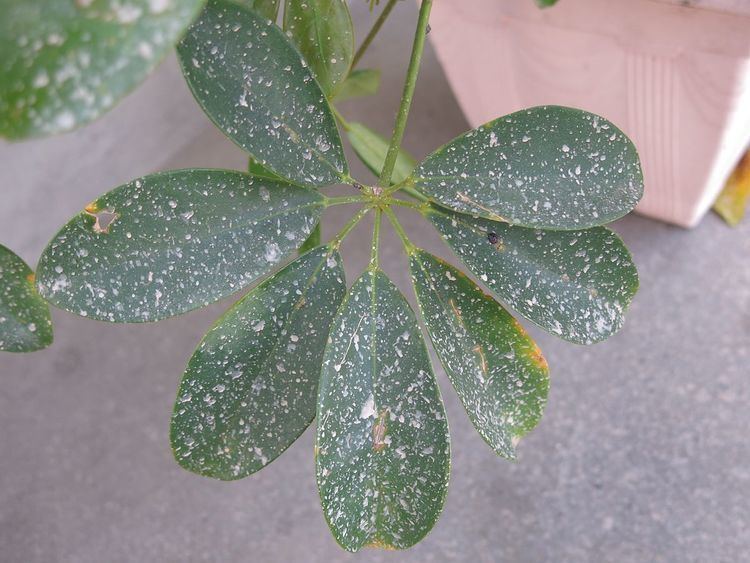 | ||
Similar Sand, Sediment, Soil | ||
Rain dust or snow dust, traditionally known as muddy rain, red rain, or coloured rain, is a variety of rain (or any other form of precipitation) which contains enough desert dust for the dust to be visible without using a microscope.
Contents
Geography
Rain dust is common in the Western Mediterranean, where the dust supply comes from the atmospheric depressions going through the northern part of North Africa. The main sources of desert dust reach the Iberian Peninsula and the Balearic Islands in the form of dust transported by wind or rain from the Sahara, Atlas Mountains in Morocco and Central Algeria.
Mud rains are relatively frequent and had been increasing in early 1990s in the Mediterranean Basin.
It also occurs in arid desert regions of North America such as west Texas or Arizona. It occasionally happens in the grasslands as it did in Bexar County, Texas on March 18, 2008.
Dust composition
The rain dust is very alkaline. Some of the large particles contain mixtures of chemicals such as sulfate and sea salt (chiefly with sodium, chlorine and magnesium). Major minerals in order of decreasing abundance are: illite, quartz, smectite, palygorskite, kaolinite, calcite, dolomite and feldspars. In Majorca a study finds that the size, by volume, 89% of the particles from rain dust fraction corresponded to silt (between 0.002 mm and 0.063 mm) and that there was virtually no clay sized particles (less than 0.29%).
Importance
Blood/red rain
Rain dust is the most common cause of blood rain.
Red rain is however not always a rain dust, see for example the Red rain in Kerala.
